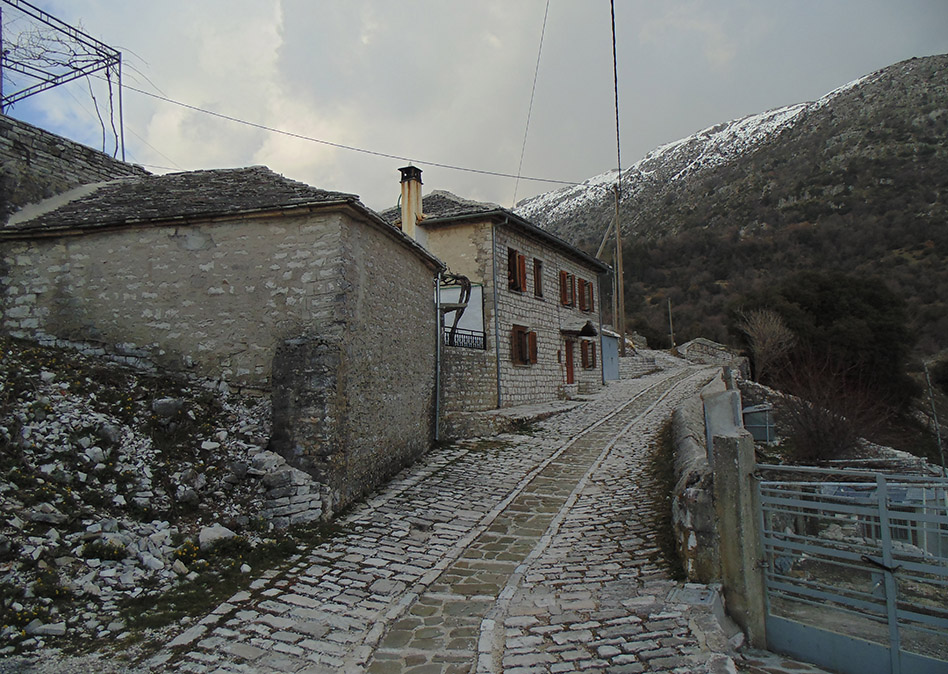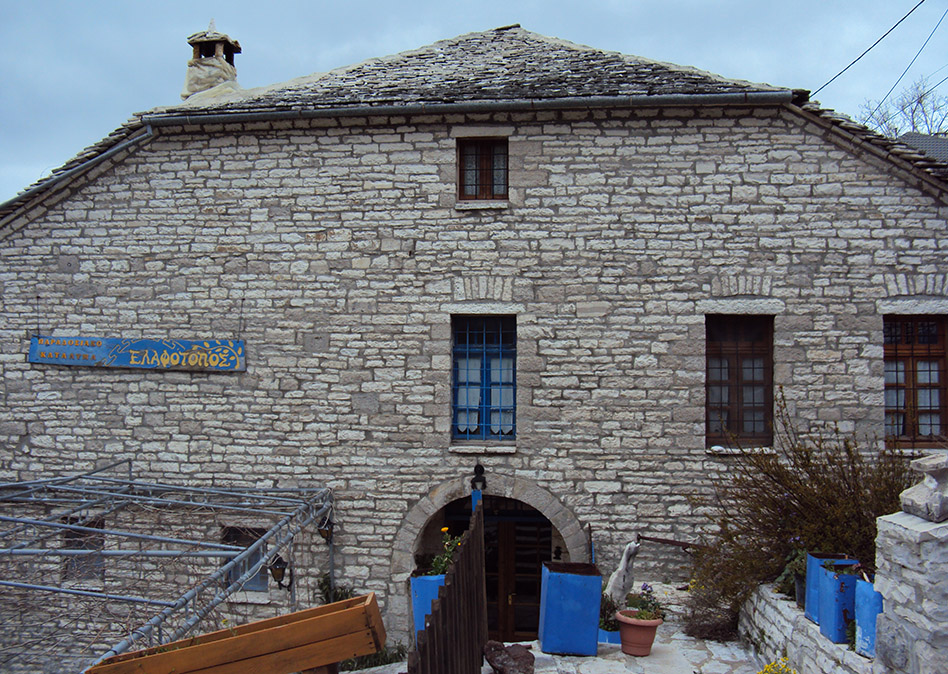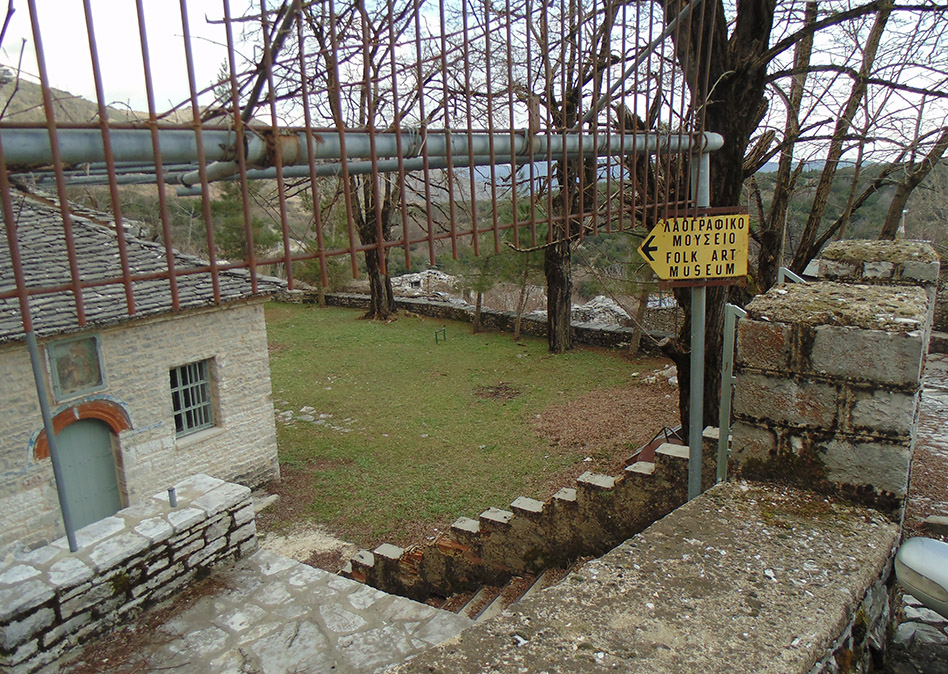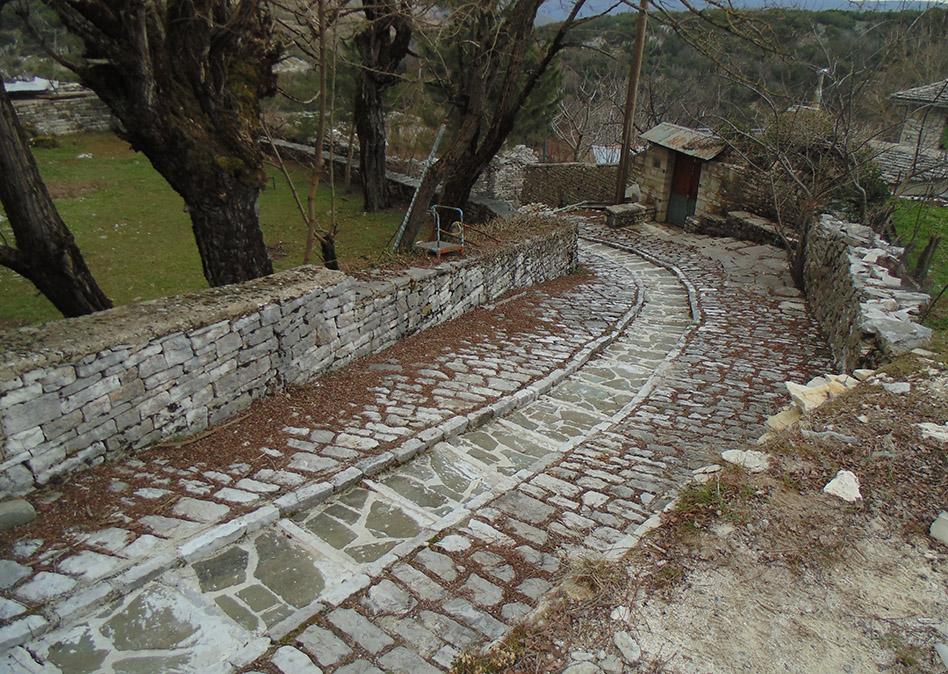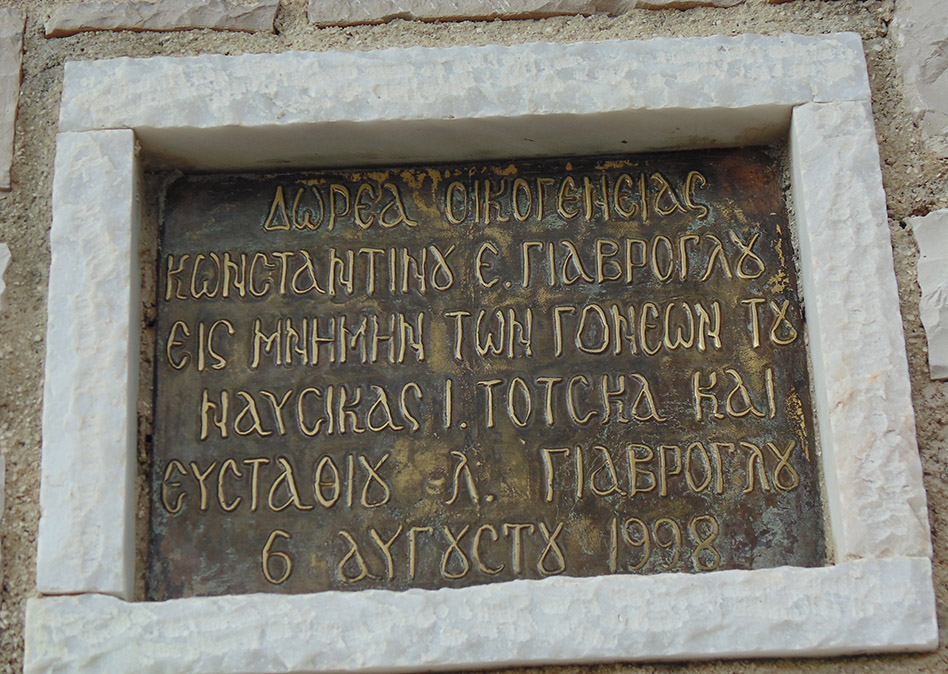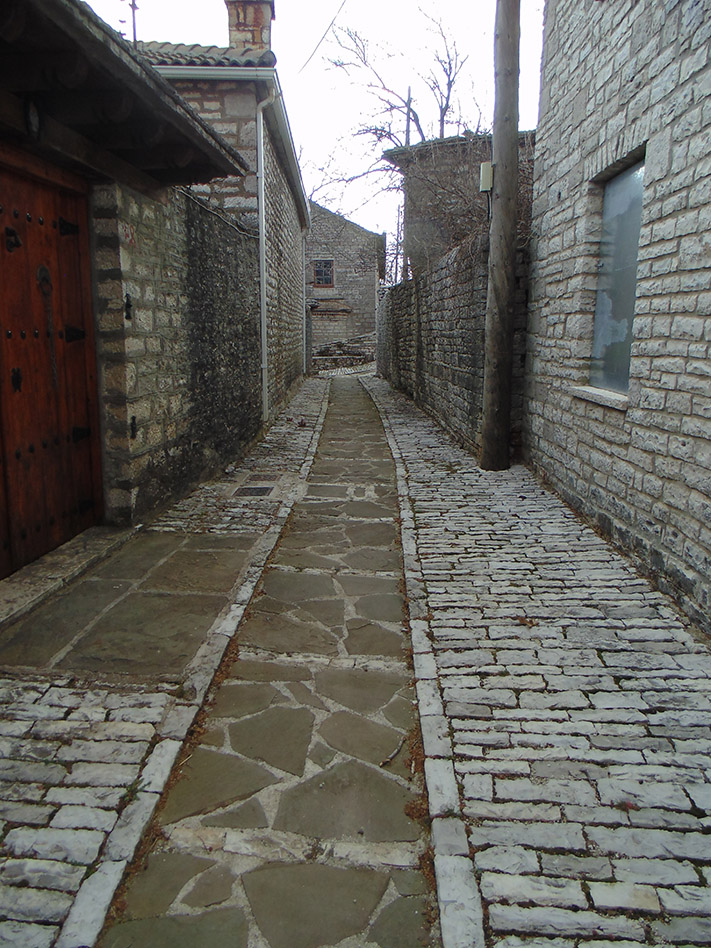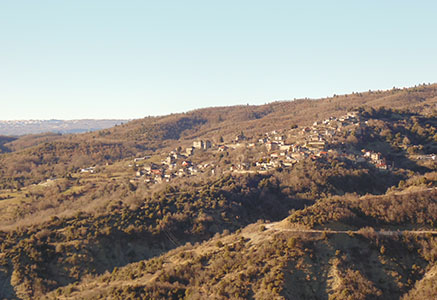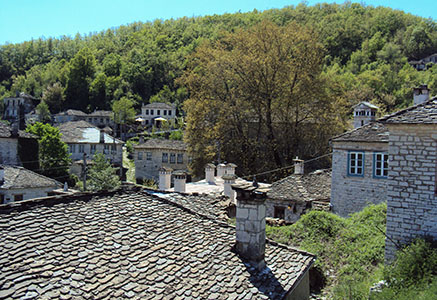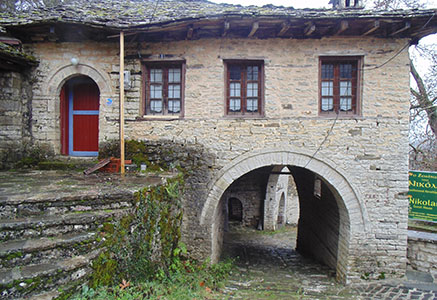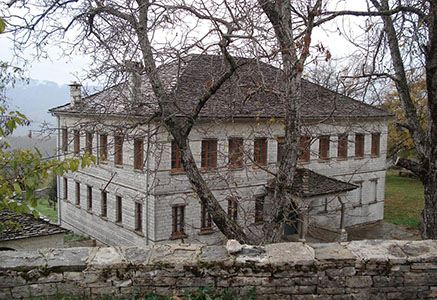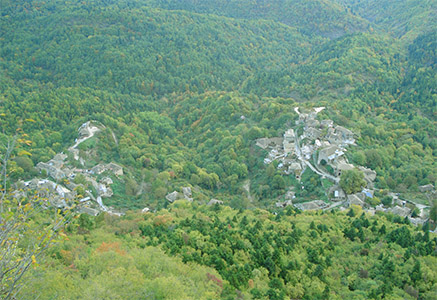Project Description
The place name comes from the aromanian terbu which means deer (Latin cervus) and the aromanian and romanian conclusion -arie, which is particularly associated with the subject of words that denote animals.
Tservari, built at 1150 meters, consisted of two settlements: the small village of Chervari, inhabited around 1150 AD. and the great village Tsarvari, inhabited around 1200. In 1538, by the decision of the Porte, they merged into one community, the Chervari community, which in 1928 was renamed Elafotopos. In 1856, it had 1330 inhabitants, more than all the other villages.
At the foot of the Konismata hill, four graves were found, oriented from the east to the west, showing cultural elements from the Mycenaean south. They were rectangular, made of standing limestone slabs and similar plates laid on the floor. Apart from one, all were found uncovered and excavated. Deliveries testify to the burial of people of different ages and perhaps of different sex.
Furthermorely, in the northwest of the village there is a fortified settlement dated around 300 BC. and it is probably a farming village of Molossi.
Since 1993, an important Folklore Museum has been operating in Elafotopos in the area of the old elementary school. About a thousand items, distributed in 24 profession categories, are exposed. All the professions of the old age, blacksmith, tinner, etc. are concentrated in an effort to preserve folkloric elements of the wider region.
Inspired and creator of the museum is the sculptor and professor of arts from Elafotopos, Michalis Oikonomidis.
The Holy Church of the Assumption of the Virgin Mary 1616, Saint Nikolaos 1770, Saint Georgios 1805, are significant important monuments.




